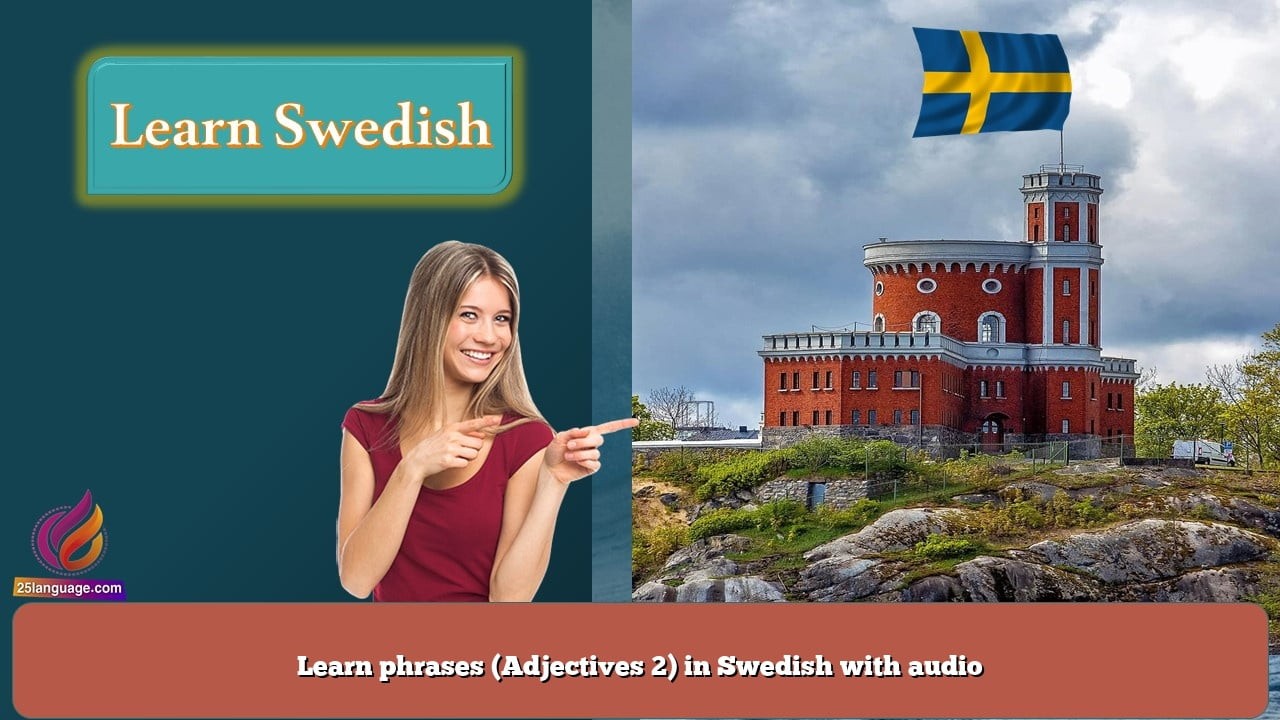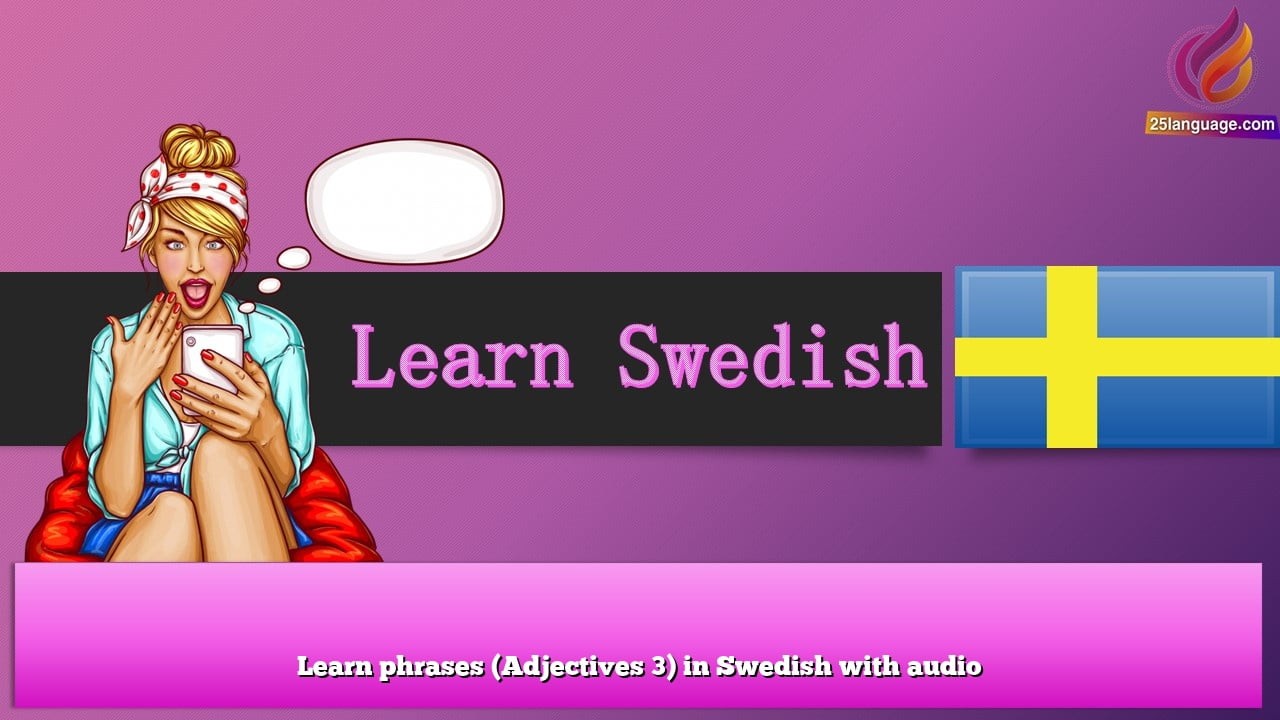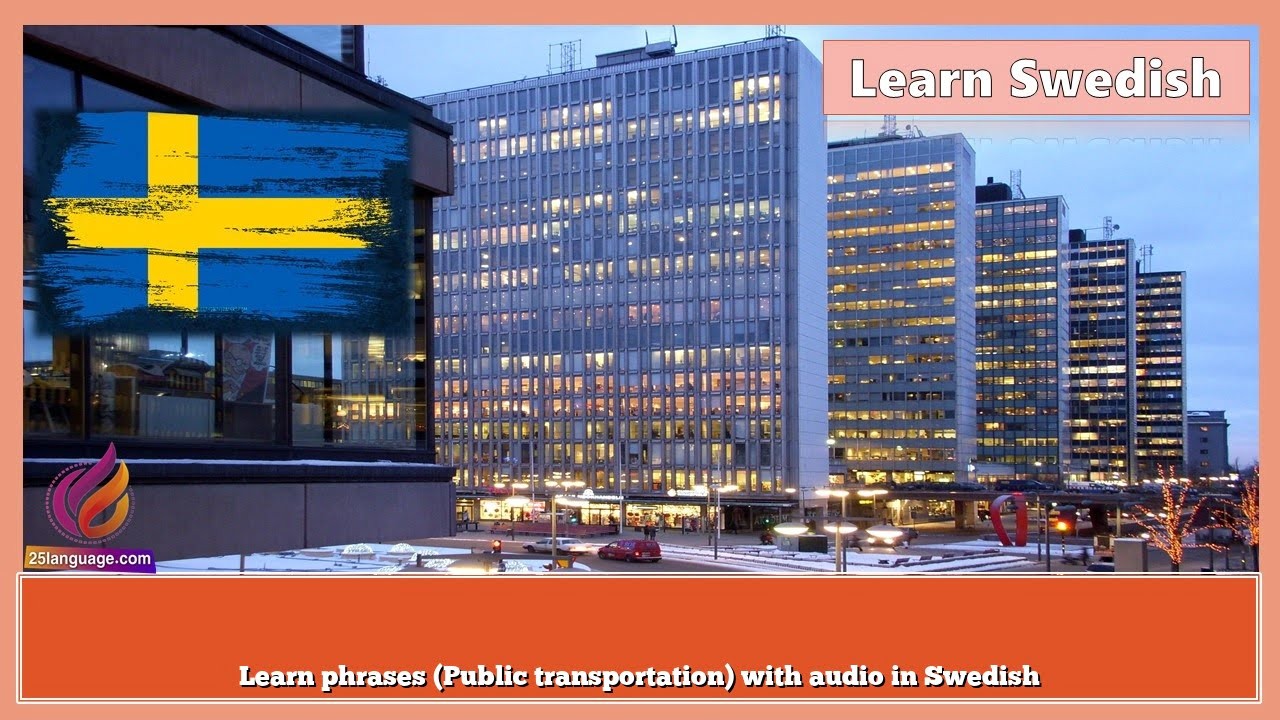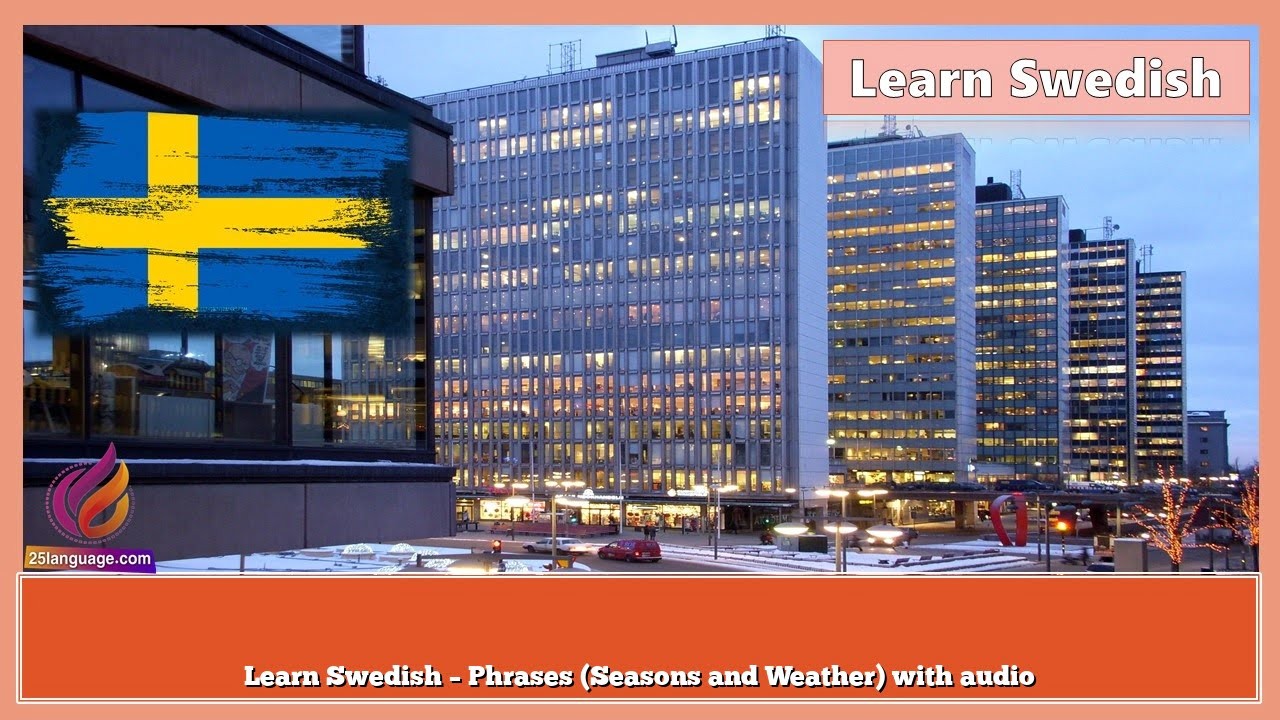Present Simple and Present Continuous in Swedish

Swedish, much like English, has different ways to express actions in the present. Mastering the distinction between the present simple and the present continuous is crucial for sounding natural in Swedish. This lesson
will break down both tenses, show you how they compare, and provide examples to make learning these concepts easy.
1. Present Simple (Presens)
In Swedish, the present simple tense is used to talk about actions or situations that are habitual, repeated, or generally true. Unlike English, where the present simple (e.g., “I walk”) and the present continuous (e.g., “I am walking”) are distinct, Swedish typically uses just one form: the present simple.
Forming the Present Simple
To form the present simple, simply conjugate the verb in its present tense. Most verbs end with “-r” in their present form.
- Regular Verbs:
- att tala (to speak) → talar (speak/speaks)
- att äta (to eat) → äter (eat/eats)
- att bo (to live) → bor (live/lives)
Usage of Present Simple:
The present simple tense is used in the following scenarios:
- Habitual Actions (something done regularly or routinely):
- Jag går till jobbet varje dag. (I go to work every day.)
- Vi äter middag klockan sex. (We eat dinner at six o’clock.)
- General Truths (something that is always true):
- Solen går upp i öst. (The sun rises in the east.)
- Vatten kokar vid 100 grader. (Water boils at 100 degrees.)
- Scheduled or Timetabled Events:
- Tåget lämnar stationen klockan åtta. (The train leaves the station at eight o’clock.)
2. Present Continuous (Pågående Form)
In Swedish, there is no separate tense for the present continuous as there is in English. However, Swedish speakers still have ways of expressing actions that are happening right now or are temporary. This is usually done using the present simple with context or by using the verb hålla på + infinitive.
Forming the Present Continuous
To emphasize that something is happening right now, use:
- Hålla på + infinitive:
- Jag håller på att läsa. (I am reading.)
- De håller på att bygga ett hus. (They are building a house.)
While this construction can express ongoing actions, it is not mandatory. In many cases, the regular present simple tense can still imply continuous action depending on the context:
- Jag läser en bok. (I am reading a book. / I read a book.)
- Hon skriver ett brev. (She is writing a letter. / She writes a letter.)
Usage of Present Continuous:
- Actions happening right now (often with context or emphasis using hålla på):
- Jag håller på att städa huset. (I am cleaning the house right now.)
- Vi håller på att titta på en film. (We are watching a movie.)
- Temporary actions or situations:
- Han bor hos sin vän för tillfället. (He is staying at his friend’s place for now.)
- Jag arbetar hemifrån idag. (I am working from home today.)
3. Comparison: Present Simple vs. Present Continuous
In Swedish, the present simple tense does a lot of the heavy lifting that in English is split between the present simple and the present continuous. For example:
| English | Swedish | Explanation |
|---|---|---|
| I speak English. | Jag talar engelska. | Regular habit/general fact. |
| I am speaking English. | Jag talar engelska. | Action happening now; context clarifies. |
| I am eating dinner. | Jag äter middag. | Present action; context implies “now”. |
| I am currently eating dinner. | Jag håller på att äta middag. | Explicitly continuous/ongoing action. |
The Swedish present simple is more flexible, often covering both the simple and continuous present uses in English. However, when you need to emphasize that something is happening right now or is ongoing, the hålla på construction or specific time markers (like “nu,” meaning “now”) can clarify that.
4. Examples in Context
To make the difference between the two clear, let’s look at a few examples:
- Present Simple:
- Hon bor i Stockholm. (She lives in Stockholm.) – A general fact or permanent situation.
- Jag äter frukost varje morgon. (I eat breakfast every morning.) – A habitual action.
- Present Continuous:
- Jag håller på att äta frukost. (I am eating breakfast right now.) – An action happening at this moment.
- De håller på att måla huset. (They are painting the house.) – An ongoing action that is temporary.
Conclusion
By mastering the Swedish present simple tense, you’ll be able to express both habitual actions and many ongoing actions. However, when it’s necessary to emphasize an action happening right now, the construction hålla på will help you achieve that. Understanding when to use one or the other will make you sound more natural in Swedish conversations, bringing you one step closer to fluency. So, dive into some practice, and soon you’ll find this second nature!





























